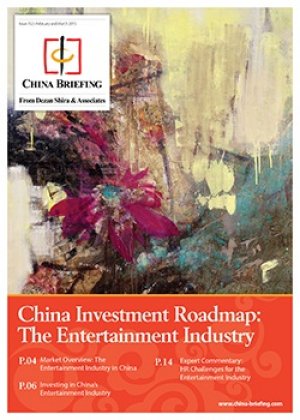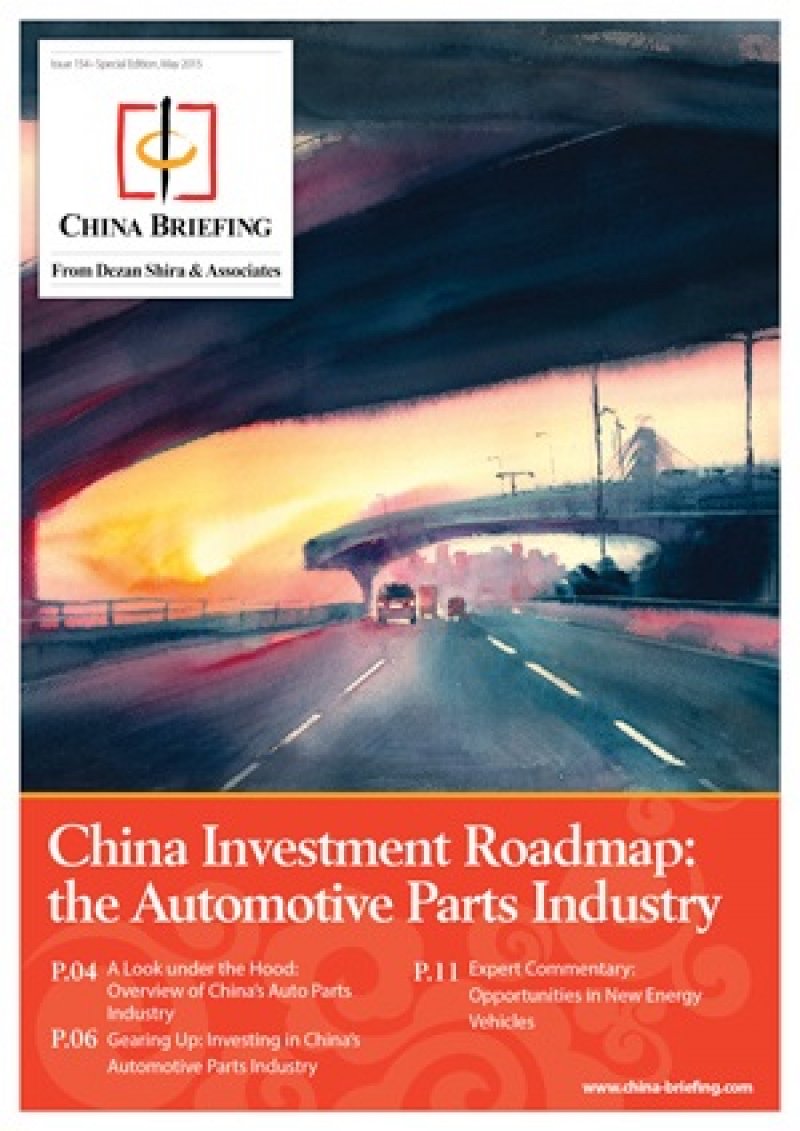Champagne or Sparkling Wine? Geographic Indications in China
By the South-East Asia IPR SME Helpdesk
C hampagne, Bordeaux, Parma Ham, Parmesan. All of these products, associated with certain regions, are renowned and trusted for their nature, quality and authenticity. As a consumer, you are probably more familiar with Scotch, Cognac and Bavarian beer, than unnamed brands claiming to use the same ingredients. A Geographic Indication (GI) is therefore a labeling that identifies a good as originating in a specific territory, region or locality, where characteristics of the good are associated with its place of origin.
hampagne, Bordeaux, Parma Ham, Parmesan. All of these products, associated with certain regions, are renowned and trusted for their nature, quality and authenticity. As a consumer, you are probably more familiar with Scotch, Cognac and Bavarian beer, than unnamed brands claiming to use the same ingredients. A Geographic Indication (GI) is therefore a labeling that identifies a good as originating in a specific territory, region or locality, where characteristics of the good are associated with its place of origin.
GIs are protected by World Trade Organization signatories, including all 28 EU Member States and China – since 2001. This is designed to prevent unfair competition and to protect consumers from purchasing goods that misleadingly claim to be from a particular place.
Made in China?
China’s middle class is growing; as has its appetite for imported – predominantly Western – products. Younger generations spend significantly less time cooking than their parents and are increasingly quality- and status-conscious. In addition, food safety concerns in recent years have encouraged Chinese shoppers to more carefully consider the origin of the products that they consume. Purchasing patterns have therefore experienced a significant shift. Regarding food, large numbers of Chinese people are purchasing brands that are recognized for their quality and food safety standards – this has stimulated a rise in sales of Western goods. Similarly, while sales of traditional alcoholic drinks, like baijiu, still dominate in many places, individuals in wealthy Tier 1 cities are increasingly opting for higher-end Western wines, beers and spirits.
China is now the world’s largest importer of food; its exports from the EU grew by Euro 2.4 billion between 2006 and 2011, and the food and grocery retail industry is set to expand by 15 percent annually. The current social and economic climate in the food and beverage industry therefore provides fertile ground for counterfeiters and infringers. If you intend to export products from a specific geographic region, obtaining GI registration can provide necessary evidence of your product’s origin, which will increase trust for your brand among domestic consumers.
 RELATED: Going Organic: Investing in China’s Growing Health Foods Market
RELATED: Going Organic: Investing in China’s Growing Health Foods Market
Covering your back – registering a GI in China
There are four key steps to protecting your GI in China. These are:
- Contacting your GI organization: This is the organisation that regulates your specific GI, such as the Bordeaux Wine Council. Your GI organisation can be used to check whether a GI for your product is already protected in China. If it is, you can apply for a User Permit for your product.
- Recommending that your GI organization registers the GI as a certification or a collective mark: This step should be used in the event that your GI is not already registered in China. Under Chinese Trademark Law, GIs can be registered as certification or collective marks. Chinese Trademark Law only protects your GI if it is registered – so it is strongly recommended that this is done as soon as possible so as to protect your product from imitation products. A GI can be a geographic name (e.g. “Roquefort” blue cheese), a symbol or logo (e.g. a picture of the Leaning Tower of Pisa), the outline of a geographic area (e.g. a map of Paris), or anything else that identifies a product with a source region. However, if your name or sign resembles a national flag or emblem you need to consult the relevant country’s government.
Don’t forget to create a Chinese translation of your GI. To find out why, read our blog post on how to choose a Chinese trade mark here. Further details on registering GI applications and when to use a certificate or collective mark can be found in our comprehensive GI guide.
- Registering for GI protection at the AQSIQ: For extra protection regarding product quality standards, your GI organisation can register with the AQSIQ. This double approach will ensure that your product receives maximum GI protection in China.
- Monitoring your supply chain: To be able to enforce your GI rights, you first need to know when your rights have been infringed. Ensure that you are closely monitoring your supply chain to guarantee that your sales staff, distributors and intermediaries are selling your authentic products. Supply chain infiltration can severely harm your reputation and undermine your business. It is also important to be aware of what is happening in the market. If you discover copycat products infringing your GI inform your GI organisation as soon as possible.
|
The South-East Asia IPR SME Helpdesk, co-funded by the European Commission’s Directorate-General for Enterprise and Industry under the Competitiveness and Innovation Framework Programme, supports European Union (EU) small and medium sized enterprises (SMEs) to both protect and enforce their Intellectual Property (IP) rights in or relating to South-East Asia, through the provision of free information and services. These take the form of jargon-free, first-line, confidential advice on intellectual property and related issues, plus training, materials and online resources.
|
![]()
Managing Your Accounting and Bookkeeping in China
In this issue of China Briefing, we discuss the difference between the International Financial Reporting Standards, and the accounting standards mandated by China’s Ministry of Finance. We also pay special attention to the role of foreign currency in accounting, both in remitting funds, and conversion. In an interview with Jenny Liao, Dezan Shira & Associates’ Senior Manager of Corporate Accounting Services in Shanghai, we outline some of the pros and cons of outsourcing one’s accounting function.
China Investment Roadmap: The Entertainment Industry
In this special edition China Briefing Industry Report, we cast our gaze over the broad landscape of China’s entertainment industry, identifying where the greatest opportunities are to be found and why. Next, we detail some of the most important issues for foreign investors to be aware of, including legal, regulatory, and tax considerations specific to the industry. Lastly, we provide an insider analysis of the sector’s unique HR & payroll challenges.
China Investment Roadmap: the Automotive Parts Industry
This issue of China Briefing presents a roadmap for investing in China’s automotive industry. We begin by providing an overview of the industry, and then take a comprehensive look at key foreign investment considerations, including investment restrictions, tax incentives and manufacturing requirements. Finally, we discuss foreign investment opportunities in a part of the industry that receives substantial government support: new energy vehicles.
- Previous Article China Allows Wholly Foreign-owned Hospitals: a Year On
- Next Article Champagne ou Vin Mousseux? Les Indications Géographiques en Chine































